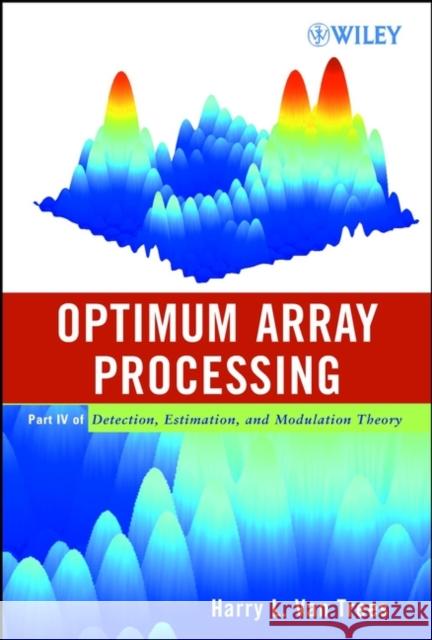Optimum Array Processing: Part IV of Detection, Estimation, and Modulation Theory » książka
topmenu
Optimum Array Processing: Part IV of Detection, Estimation, and Modulation Theory
ISBN-13: 9780471093909 / Angielski / Twarda / 2002 / 1472 str.
- Well-known authority, Dr. Van Trees updates array signal processing for today's technology
- This is the most up-to-date and thorough treatment of the subject available
- Written in the same accessible style as Van Tree's earlier classics, this completely new work covers all modern applications of array signal processing, from biomedicine to wireless communications











